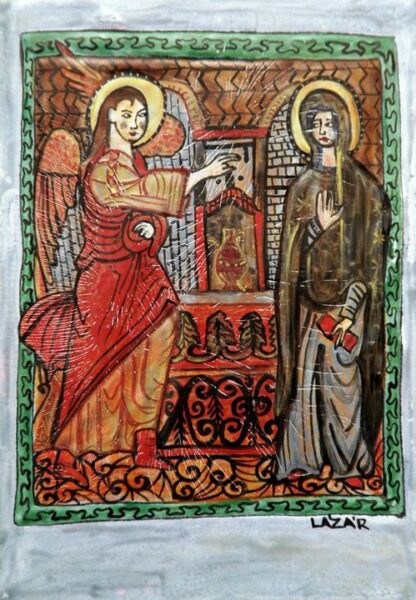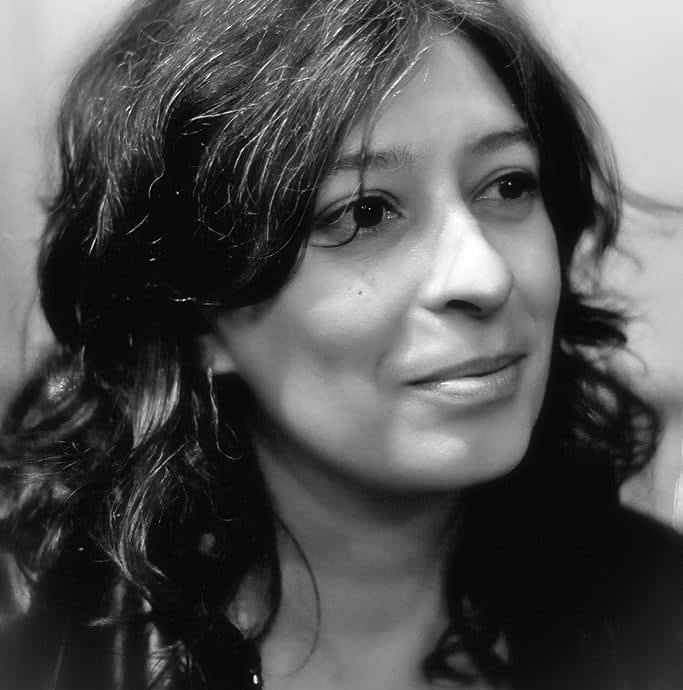YEREVAN/BUDAPEST — Lázár Imola is a Hungarian artist specializing in enameling who has been connected to the arts since childhood. She was born in Reghin, Transylvania (Romania) and currently lives in Budapest. Imola completed teacher training, then studied law, and later, during an interior design course, she mastered enameling. Her works has been exhibited in the cities of Hungary, Romania, France, Slovakia, Germany, Austria.
Dear Imola, you specialize in a rare form of art — enameling. Hungarian enameling has been an important part of the country’s artistic heritage since the Middle Ages. The International Enamel Art Symposium in Kecskemét is well known. What modern trends are shaping today’s Hungarian enameling art?
Dear Artsvi, I do not follow modern trends. I apply enamel in a unique way. For example, I combine my enamel wallpapers with nanotechnology development, test how enamel behaves in aquatic environments, or even apply it to lingerie and motorcycles. Whatever comes to my mind — that is the trend for me. This is how I function because this is how I feel good. I am building my brand in this way as well.

I assume you have introduced new elements to Hungarian enameling with your Armenian motifs, blending historical craftsmanship with modern artistic innovations. It is wonderful to see that two Armenian-born artists in Hungary are reinterpreting medieval Armenian painting in new ways — Ermone Zabel Martaian through glass painting and you through enamel art. What Armenian-themed works have you created so far?
At school, we initially created only small pendants and jewelry. My first significant work came in my second year when the Armenian National Autonomy of Hungary commissioned me to create an Armenian Bible in enamel. Being of Armenian origin myself, I gladly accepted the challenge, resulting in a series of fifty enamel paintings. This artistic direction has remained with me ever since — later, I created the Armenian alphabet, now housed in the National Széchényi Library, followed by a series on Armenian kings and the coats of arms of Armenian cities. One of the images from my Armenian Bible is in Echmiadzin, at the Armenian Religious Museum, and the other one is in the Vatican.
You mentioned that you have Armenian ancestry. One of the heroes of the Hungarian Revolution of 1848 was Lázár Vilmos. Are you related to his family?”









